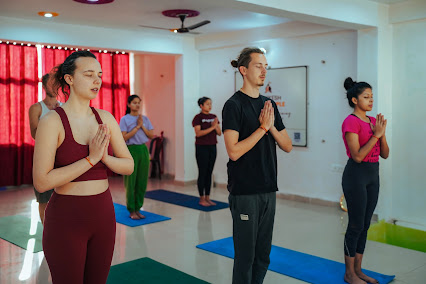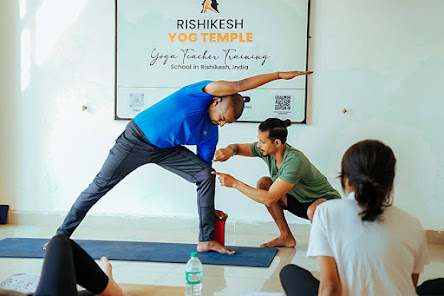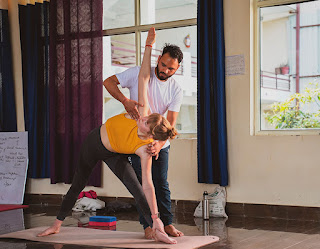The Significance of Diet in Meditation and Yoga Asana

Emphasizing the importance of diet in meditation and yoga asana, this article delves into how our nutritional choices play a vital role in nurturing our overall health and well-being. By understanding the impact of diet on our mental and physical states, we can optimize our meditation practice and enhance the benefits of yoga asana. Exploring the interconnection between food and mindfulness, this discussion highlights the power of a balanced and mindful approach to nutrition in achieving harmony of body and mind. Balanced Body, Balanced Mind In meditation we work to lighten the load – stress, anxiety, depression and overthinking burden the mind and have a negative effect on the body. To maintain focus in meditation one needs to be light, fresh and clear, yet we still require energy. Yoga asana practices can be vigorous or mild, active or passive, yet each type of practice requires an energy reserve from the body. Equally important is maintaining mental alertness during pr...






